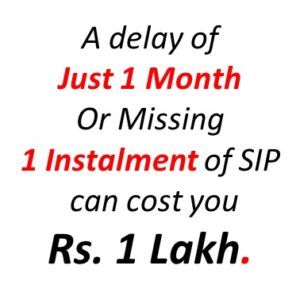What is a Mutual Fund?
Simply put, the money pooled in by a large number of investors is what makes up a Mutual Fund. This money is then managed by a professional Fund Manager, who uses his investment management skills to invest it in various financial instruments.
As an investor you own units, which basically represent the portion of the fund that you hold, based on the amount invested by you. Therefore, an investor can also be known as a unit holder. The increase in value of the investments along with other incomes earned from it is then passed on to the investors / unit holders in proportion with the number of units owned after deducting applicable expenses, load and taxes.
Features of Mutual Funds
- Funds Offer High Level of Transparency ,Diversification & Flexibility
- One Can Invest/Hold Units of Funds even without DEMAT a/c
- Easy Liquidity
- Through Mutual Funds One Can Invest In Different Asset Class viz. Debt, Equity, GOLD, International Markets Etc.
- Efficient Investment Tool to participate In Economic Growth of Country
- Better Risk Management & Tax Efficient Investment Option
- Simplest Tool to create Long Term Wealth



